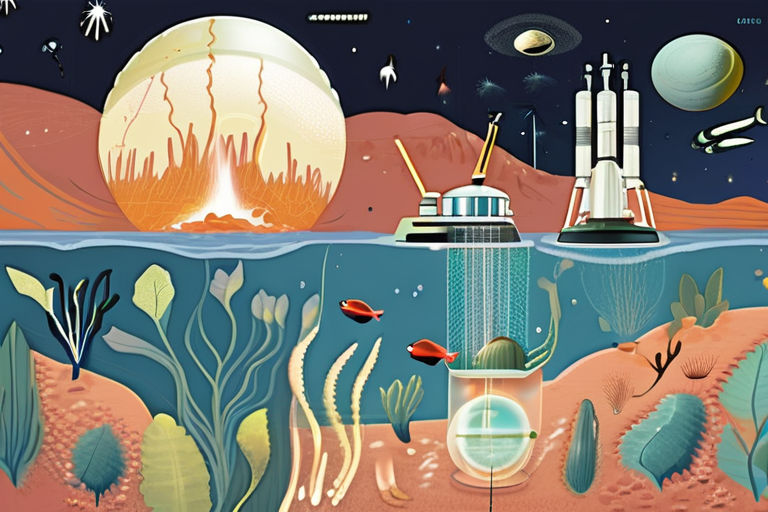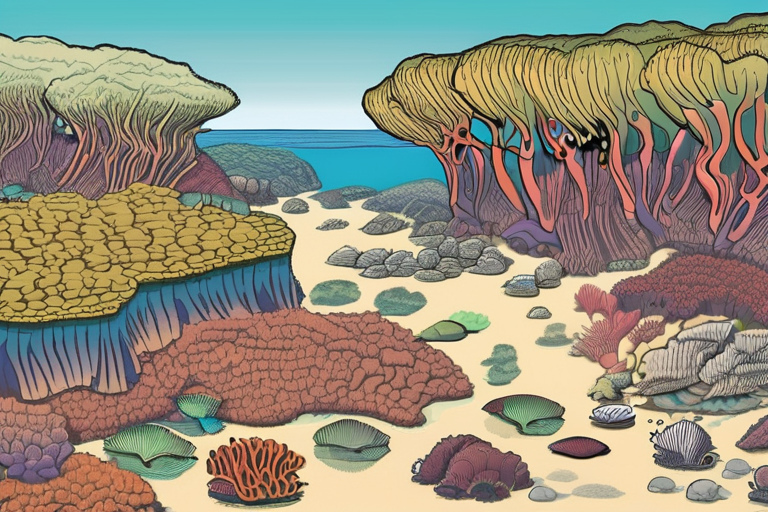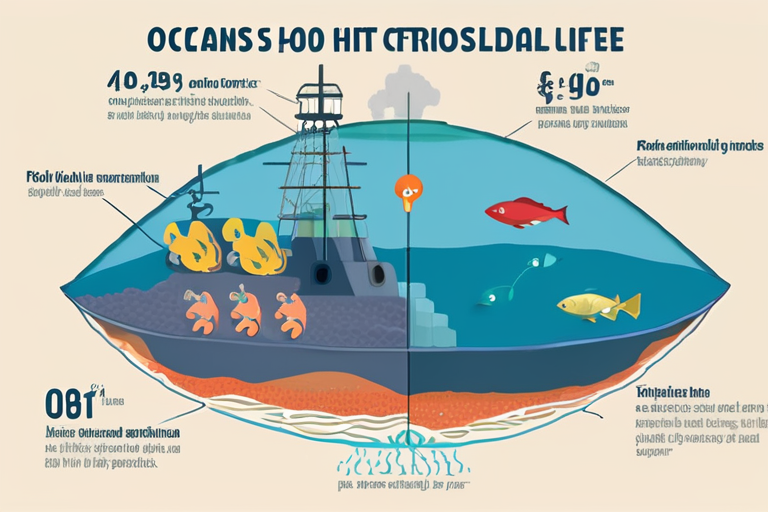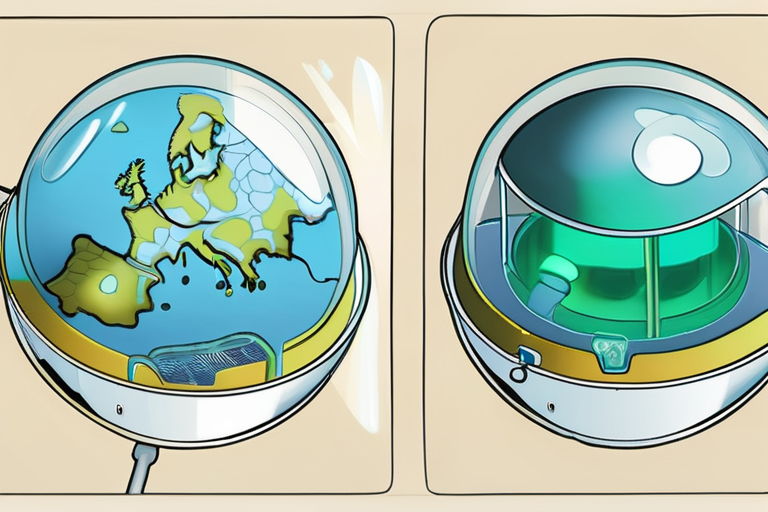Scientists Uncover the Secret to Massive Sargassum Blooms, a Game-Changer for Coastal Economies
In a groundbreaking discovery, researchers at the Max Planck Institute for Chemistry have cracked the code behind the massive Sargassum blooms sweeping across the Caribbean and Atlantic. The findings, published on November 19, 2025, reveal a powerful nutrient partnership between deep-water phosphorus and cyanobacteria-supplied nitrogen as the driving force behind these colossal seaweed mats.
The research team, led by scientists at the Max Planck Institute for Chemistry, analyzed coral cores and found that this nutrient engine has intensified over the past decade, perfectly matching surges in Sargassum growth since 2011. This discovery has significant implications for coastal economies, as the massive Sargassum blooms have been causing widespread damage to beaches, tourism, and marine ecosystems.
Financial Details and Metrics:
The economic impact of Sargassum blooms is substantial. According to estimates, the 2020 Sargassum bloom in the Caribbean cost the tourism industry a staggering $1.2 billion in lost revenue. In Mexico alone, the city of Playa del Carmen, a popular vacation destination on the Yucatán Peninsula, has seen significant strandings of the brown algae during summer months, resulting in regular clearing operations to maintain beach access for swimmers.
Market Impact and Context:
The discovery of the nutrient partnership behind Sargassum blooms has significant market implications. Coastal communities and businesses heavily reliant on tourism, such as hotels, restaurants, and water sports operators, will need to adapt to the changing environmental conditions. This may involve investing in new technologies and strategies to mitigate the effects of Sargassum blooms, such as beach cleaning equipment and marine debris removal services.
Company/Industry Background:
The tourism industry is a significant contributor to the economies of many coastal communities. In the Caribbean, tourism generates an estimated $40 billion in revenue annually, supporting over 2 million jobs. The impact of Sargassum blooms on this industry has been significant, with many businesses struggling to recover from the economic losses caused by these events.
Future Outlook:
The discovery of the nutrient partnership behind Sargassum blooms offers a glimmer of hope for coastal communities. By understanding the driving forces behind these massive blooms, scientists and policymakers can develop targeted strategies to mitigate their impact. This may involve investing in research and development of new technologies, implementing policies to reduce nutrient runoff, and promoting sustainable tourism practices. As the global community continues to grapple with the challenges posed by climate change, this discovery provides a critical step forward in protecting our oceans and the economies that depend on them.


























Share & Engage Share
Share this article